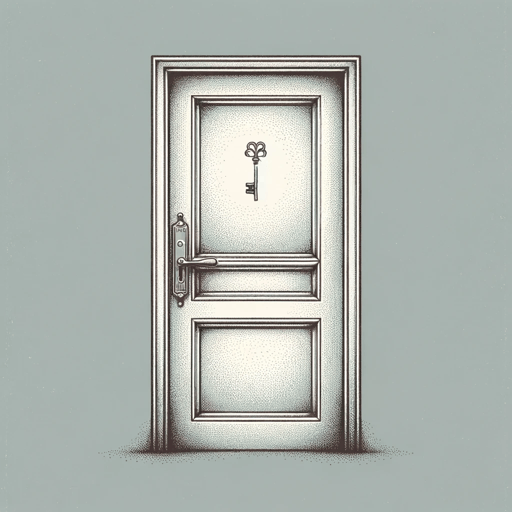27 pages • 54 minutes read
Gabriel García MárquezOne Of These Days
Fiction | Short Story | Adult | Published in 2008A modern alternative to SparkNotes and CliffsNotes, SuperSummary offers high-quality Study Guides with detailed chapter summaries and analysis of major themes, characters, and more.
Background
Literary Context: Neorealism
Gabriel García Márquez is best known for his use of magical realism—a literary genre in which fabulous or fantastical events are narrated as commonplace in a realistic narrative tone—in short stories like “A Very Old Man With Enormous Wings” or his Nobel-prize-winning 1967 novel One Hundred Years of Solitude. However, the narrative style of his early literary works, like “One Of These Days,” draws upon the conventions of Neorealism to critique contemporary social realities.
Neorealism (sometimes also called Social Realism) was developed in Italian film and literature at the end of the 1940s and throughout the 1950s in response to the decline of Fascism. The movement spread throughout Europe and Latin America during the 1950s and 1960s. Neorealism (neo meaning new) represents a rebirth of realistic or true-to-life narratives in both film and fiction. Two hallmarks of neorealist works are that they present scenes from everyday life and that they focus on social realities, reflecting the lived experiences of the majority rather than those of the privileged few (Buchanan, Ian. “Neorealism.” A Dictionary of Critical Theory 2nd ed. Oxford UP, 2018). García Márquez became familiar with Neorealism during the mid-1950s when he spent 







Related Titles
By Gabriel García Márquez

A Very Old Man With Enormous Wings
Gabriel García Márquez

Balthazar's Marvelous Afternoon
Gabriel García Márquez

Chronicle of a Death Foretold
Gabriel García Márquez

Death Constant Beyond Love
Gabriel García Márquez

Eyes of a Blue Dog
Gabriel García Márquez

In Evil Hour
Gabriel García Márquez

Innocent Erendira
Gabriel García Márquez

Leaf Storm
Gabriel García Márquez

Love in the Time of Cholera
Gabriel García Márquez

Memories of My Melancholy Whores
Gabriel García Márquez

News of a Kidnapping
Gabriel García Márquez

No One Writes To The Colonel
Gabriel García Márquez

Of Love And Other Demons
Gabriel García Márquez

One Hundred Years of Solitude
Gabriel García Márquez

Strange Pilgrims
Gabriel García Márquez

The Autumn of the Patriarch
Gabriel García Márquez, Transl. Gregory Rabassa

The General in His Labyrinth
Gabriel García Márquez

The Handsomest Drowned Man in the World
Gabriel García Márquez

The Story of a Shipwrecked Sailor
Gabriel García Márquez
